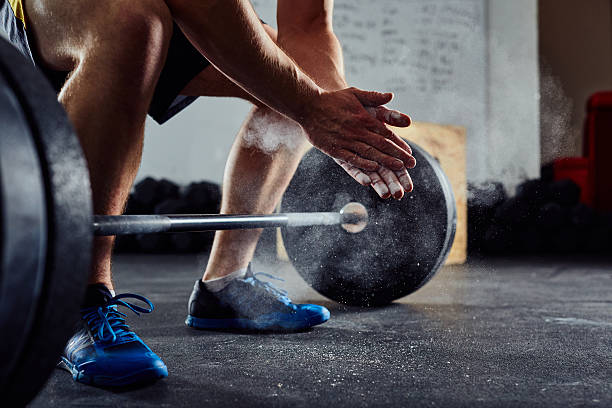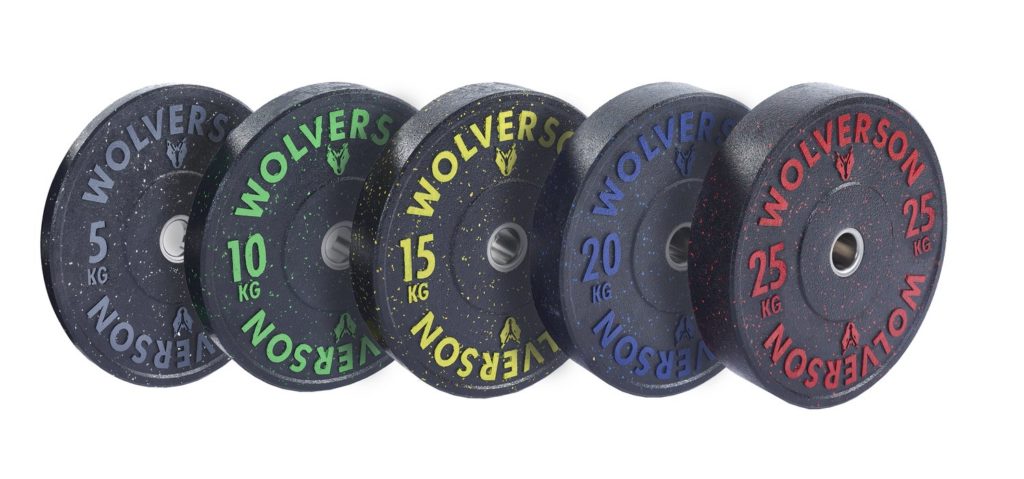Damages of weightlifting on your floor
Why does damage to the floor take place from weightlifting?
When working out at your home gym, one of the risks you may take is potentially damaging the floor you are working out on. These risks come from dropping the weights on the ground in either a failed repetition or as part of the exercise movement, for example deadlifting off of the floor. Deadlifts are one of the worst exercises for keeping the health of your floor intact, this is due to the heaviness of the mass of the bar and plates, and in particular the dropping of the bar each time you complete the exercise, but don’t worry, we have solutions to allow you to continue doing your favourite exercises without causing damage, which we will get onto.
What damage can weightlifting do to the floor?
Depending on what floor you chose to work out on, affects the likelihood of any damage to the floor. This is due to the fact that harder floors such as garage or basement floors are usually made of hard concrete, which are designed to uphold large amounts of weight, whereas gyms on wooden/tiled/laminate floors, and when they are upstairs don’t have the same weight bearing characteristics as harder floors. Dropping the weights on floors with tiles/wooden planks can cause cracks and chips in the floor, which may be costly to replace, but if a repetitive stress on the floor occurs it can lead to a weaker floor board, which is especially worrying in cases of upstairs gyms, which can lead to further problems in the future.
How can you prevent damage to your floor from weightlifting?
Power/Squat rack
One of the solutions to preventing damage is by using a power rack/squat rack, and these help due to the fact that the weight you are lifting can be placed onto the rack instead of dropping it on the floor. This is beneficial because racks can be adjustable to different people’s heights but are also convenient when performing certain exercises instead of dropping the weight, for example Military Shoulder Press and Squatting.
Gym matting
Another solution available to prevent damage to the floor is the use of Gym Matting. The use of mats are beneficial to the user as they act as shock absorbers, so when weights are dropped, they take the impact instead of the floor, helping to prevent damage. Loose-lay mats are convenient as you can use them in different areas and can change them about if you change your mind, whereas fixed mats such as lifting platforms cannot change locations once set into the ground. At Matting Solutions Ltd we sell 3 different types of gym mats, with our most commonly sold being the Gym Mat, as it covers the largest area on the floor, and is perfect size for a deadlifting/squatting platform.
Bumper Plates
Additionally, a solution which has become more popular over recent years is the use of bumper plates instead of cast iron or steel plates. This is because bumper plates also act as shock absorbers instead of metal plates, which pass the weight solely onto the floor. This therefore takes some of the impact, and gives less to the floor, similar to how the gym mats work.


